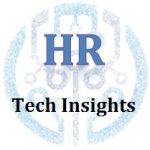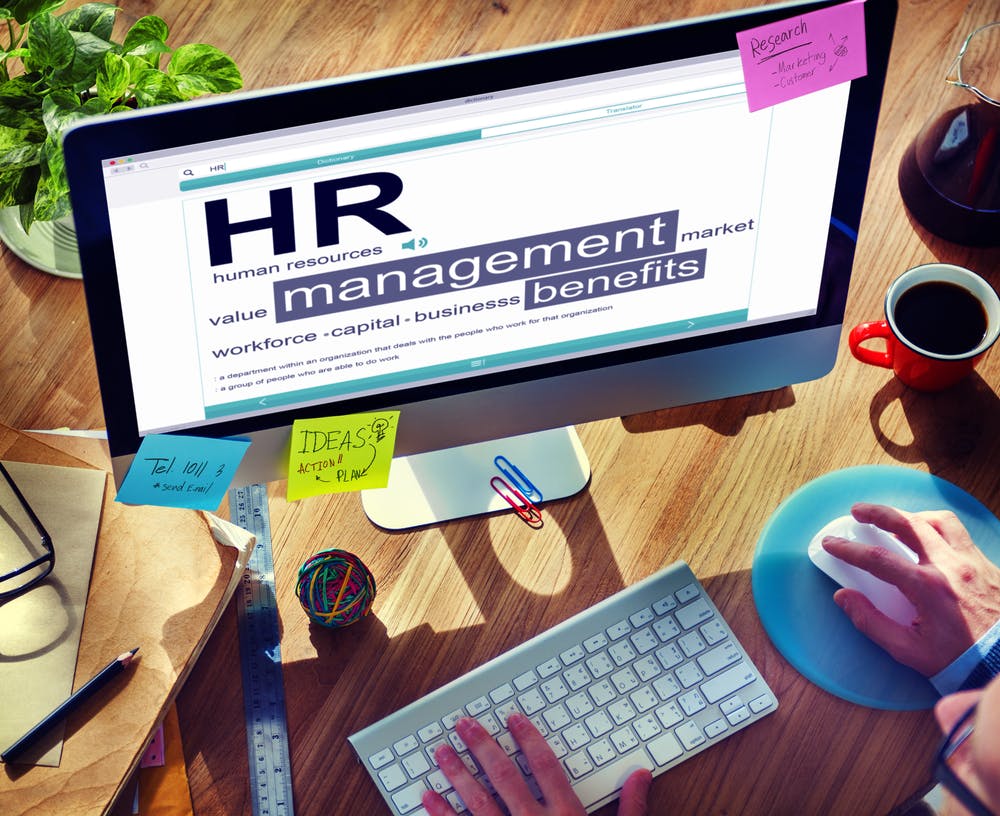HR, which has its own flurry of software acronyms to cope with (ATS, HRMS, TMS, WFM), now has to contend with software acronyms from other functions such as IWMS. This acronym stands for integrated workplace (or workforce) management system (IWMS). It helps facility managers do their jobs.
There are many things an IWMS does with are of little interest to HR, such as tracking the location, maintenance and contract terms of office equipment. The clue that HR does need to pay attention to IWMS is that advertising of the systems is peppered with claims about improving the employee experience. The aspects of an IWMS that are relevant to HR now include tools that make it easy for employees to reserve rooms; easy to get contractors signed in and with a place to work; easy to navigate to find people; and easy to get things repaired.
The aspect of IWMS that will be of most interest in the near future is real-time tracking employee movement with IoT badges. From a facilities point of view, the goal is to get data to ensure efficient use of space. For example, if the large meeting rooms are always full and the smaller ones usually empty then perhaps two small ones should be merged. From HR’s point of view, there is potentially a rich stream of data on how and where people interact that could lead to insights on how to improve productivity.
What’s interesting
- As we move to a world of “hoteling” (where employees don’t have a fixed office) and flexible work spaces (e.g. lounges, quiet areas, places for private calls) workplace services will become more complex and more important.
What’s really important
- HR wants everyone to be involved with the employee experience, but it has to ensure it is all aligned.
- Every part of the business will have its own suite of software products that help it operate. In many cases, those products will have features that overlap with HR’s areas of responsibility. HR leaders must be aware of the reality (and not surprised when it keeps popping up) and good at collaborating with leaders from other areas when this overlap occurs.
- To reframe the previous point: Software is blurring the lines between different parts of the business and HR needs to manage effectively in that blurred environment.
